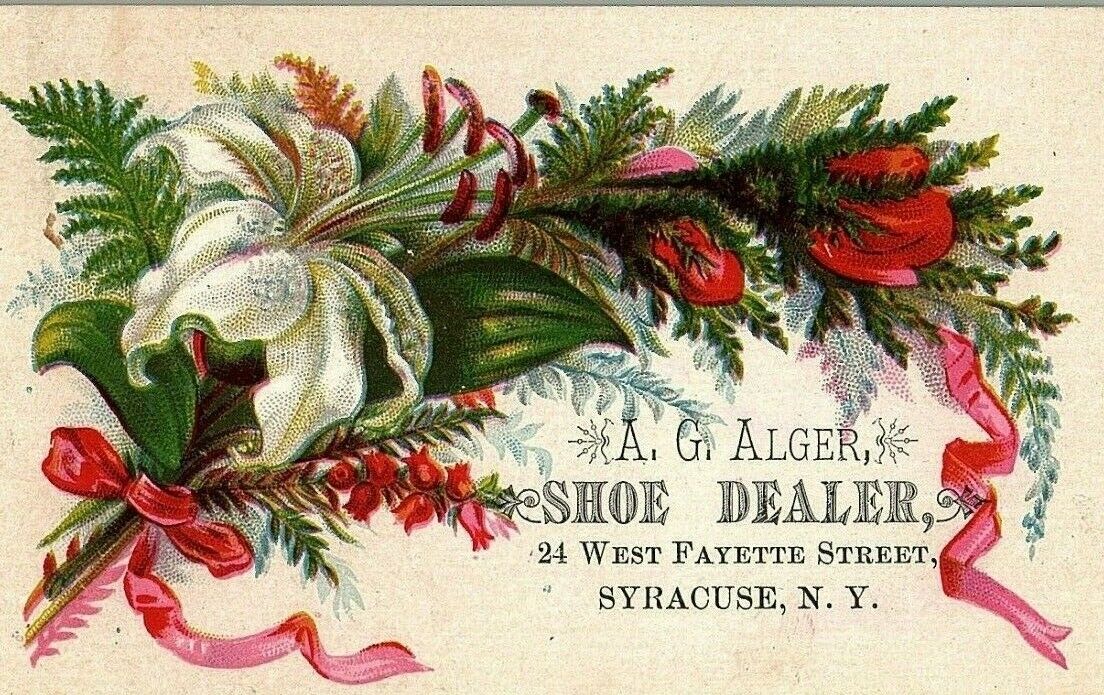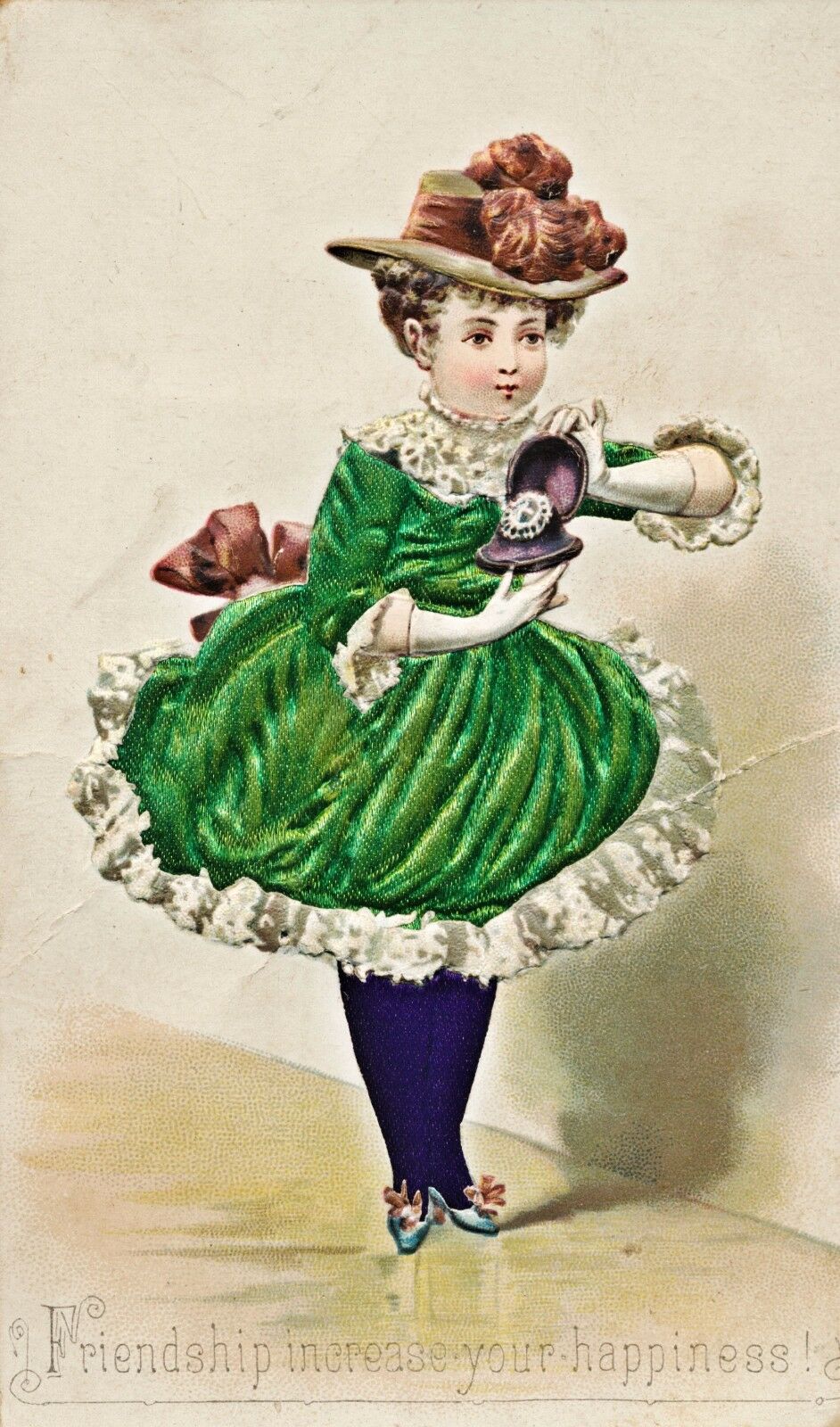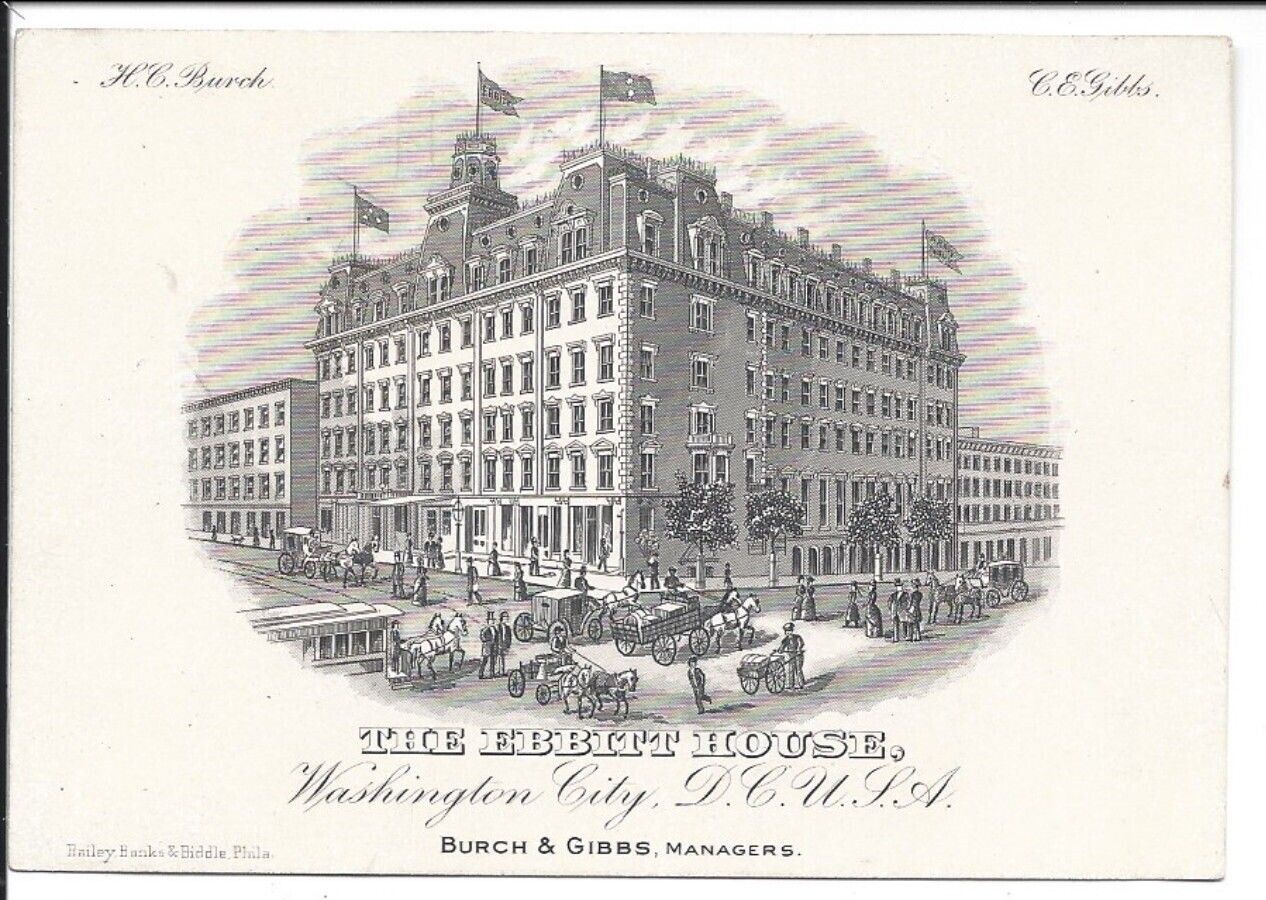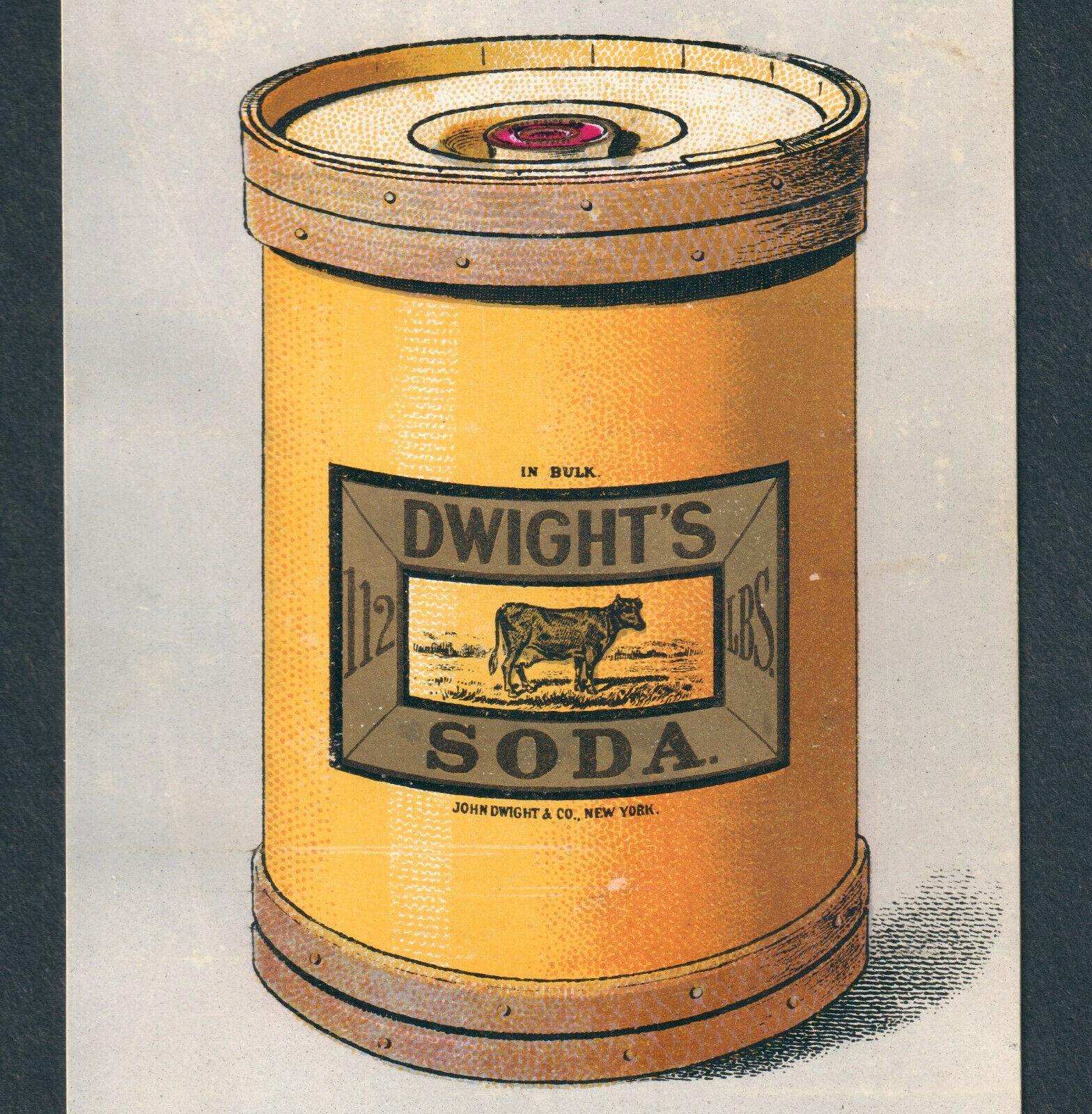-40%
Adams and Westlake Non Explosive Oil Stove Antique Victorian Trade Card VTC
$ 3.95
- Description
- Size Guide
Description
ITEM:
Up for sale is this antique Victorian Trade Card VTC from the 1800's for Adams and Westlake Non Explosive Oil Stove. The back has additional information about the stove as well as what is new for 1882. The front litho shows a postman delivering a letter to a strange looking person. Very small tear on the front bottom edge, does have some paper loss on the back from being removed from a scrapbook, litho dated 1881 by Geo. M. Hayes, it measures about 5 by 3 inches.
SHIPPING
: Bidders agree to pay calculated shipping fees. We will gladly combine shipments to help save you postage. We ask that PAYPAL payments are also paid in ONE transfer. Payment is expected in 21-days. NOTE: Some images are enlarged to show clarity and details.
HISTORY
:
Victorian trade cards are illustrated business advertising cards from the 19th Century. Typically printed in multiple colors, these cards were freely distributed to promote goods and services through images and messages designed to be so informative, so clever, or so attractive that consumers would have a hard time throwing the ad away. The quality of Victorian trade card illustrations can range from crude black and white comic sketches to the breathtakingly beautiful life-like chromolithographs printed using 12 or more colors of ink. Generally speaking, Victorian trade cards are approximately 3 x 5 inches, and most date between 1876 and 1901. Cards from that period with only printed text and no illustrations are usually considered “Business Cards,” or handbills if printed on thin paper and larger than a postcard. Collectors often use the term “trade card” loosely, allowing the genre to include advertising items not strictly “cards” in the usual sense. For example, while MOST Victorian trade cards are similar to undersized postcards in size and shape, some trade cards can be as tiny as 1 x 2 inches, or as large as 5 x 9 inches. (Larger cards were more often used as “Display Cards” or “Counter Cards,” so they fall into the category of cardboard dealer signs, as opposed to the mass-produced free trade cards for consumers).










